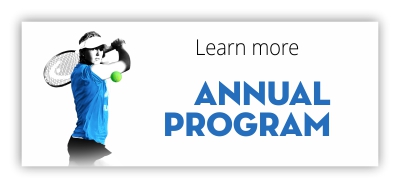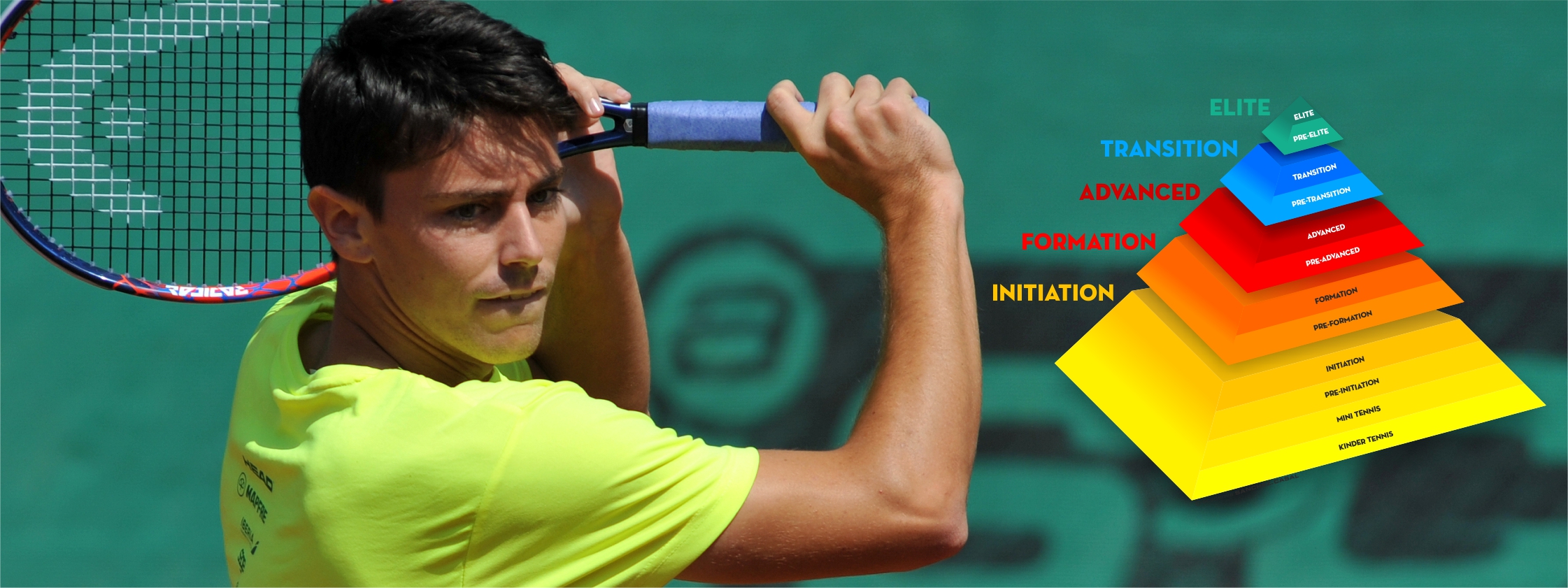
Sánchez-Casal Academy, information extracted from the full text “ASC Pyramid”®
At Sánchez-Casal Academy, the development of our long-stay players is very important to us. That is why we created the ASC Player Development and Competition Plan, summarized in the Sánchez-Casal Pyramid®, which shows players the path to success in the professional world of tennis.
Each stage of the Pyramid relates the approximate age of the player with the aspects that must be consolidated during each stage, and the objectives that must be reached. In the Academy, the entire process is supervised and evaluated by the player’s tutor, who creates personalized objectives for improvement every season.
In addition, specialized coaches in each developmental area work on specific aspects in order to help the player achieve these objectives.
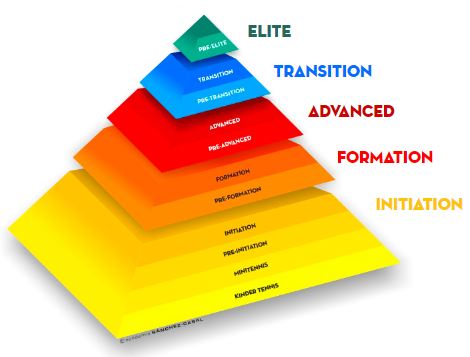
Sánchez-Casal Academy ensures that each player achieves appropriate progress and is in the right position to maximize his/her competence at all times.
KINDER TENNIS, Afterschool, 3-4 years old
At this age, kids discover Tennis. The students play with foam balls and red balls. It is a stage of discovery; the students get familiar with the ball, racket and court in their own way.
They learn about space and location. They get familiar with the tools to work with (rackets, balls, cones, lines…)
MINITENNIS, 4-6 years old
The foundation for working on stroke technique begins at this stage. Technical tennis-specific terms, however, are not used with the students at this time. Instead, they are given clear, simple commands to avoid confusion and frustration. The key at this level is to encourage fun engagement, with the goal of getting the youngsters to want to come back for more. The objective of this stage is just to differentiate between the forehand and the backhand.
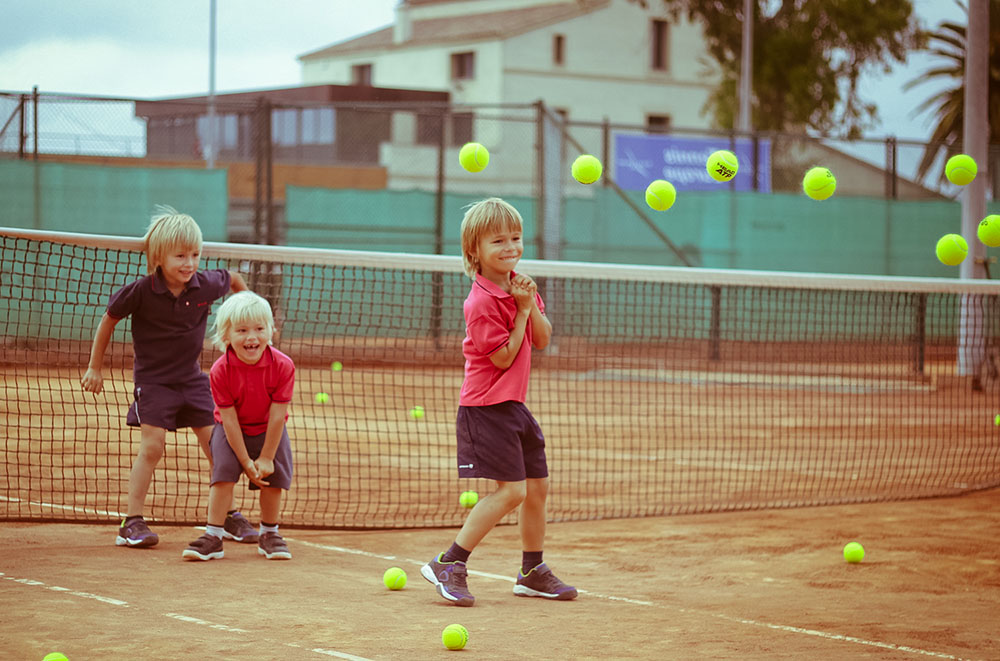
PRE-INITIATION, 7-9 years old
Assimilate the technical concepts. Adjust and improve technique from the back swing to contact to finishing the shot from the waiting position after doing the split step.
Initiate the exchange of balls between players without the participation of the coach. Basic competition, with adapted rules, can start to begin.
INITIATION, 10-12 years old
When our players arrive at this stage, they have been sharpening their strokes, their agility, balance and coordination. Now, they learn how to place the ball intentionally and position themselves properly in the court.
They should start rallying with a partner, and they’re encouraged to play at least 1 tournament per month. They should know how to keep score and the basic rules of tennis. At the second part of this stage, they start executing different shots, and they are introduced to all different areas of the court. They start learning to play points with a purpose, building and closing the point.
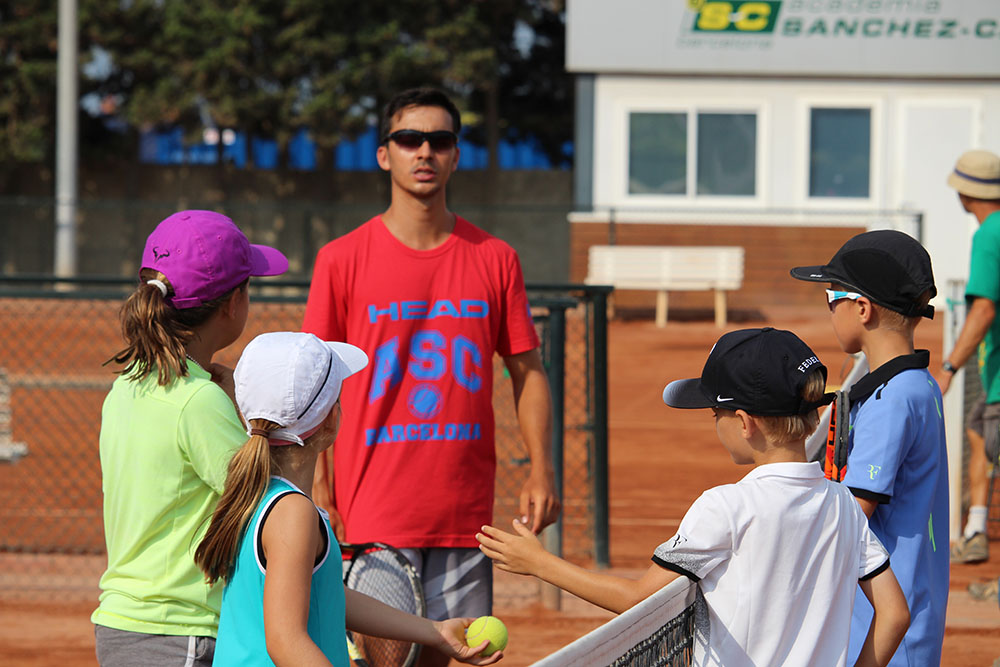
PRE-FORMATION, 12-13 years old
At this point, players should become consistent, have good technique and know how to place the ball successfully in all areas of the court. This stage also requires a significant amount of competition. Players learn how to incorporate tactics and strategies into their game.
Players learn the importance of mental toughness and the need to set their own realistic goals in order to enhance performance on the tennis court.
FORMATION, 13-14 years old
During this stage, players are trained mainly on the tactical, physical and mental aspects of competition. They must have balance with their body, accuracy with their shots, and adjust to the appropriate height, depth and distance from the ball.
Players will learn how to play in offensive and defensive situations, improve decision making skills, and find solutions on their own. They will set up goals for daily training and matches, manage emotions and analyze matches to identify what worked well and what were mistakes. Players should play tournaments regularly and participate in ITF tournaments.
PRE-ADVANCED, 14-16 years old
Work continues here on tactics. Match situations are repeatedly stressed. More emphasis is also placed on the physical/mental pillars, since the player’s growth in previous stages has been key. Now they start to compete at a level where the physical and mental development of their opponents is becoming more consistent. We work on developing the pattern of play that will allow the player to compete with the tools he/she possesses.
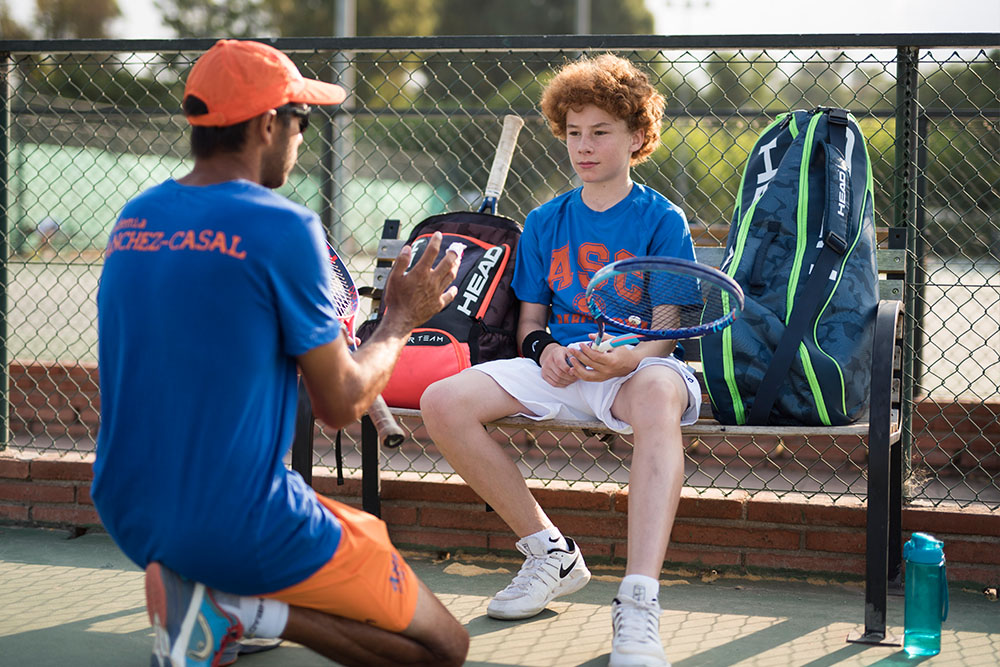
ADVANCED, 16-17 years old
This period is special to many players, especially the ones that develop more slowly. Suddenly they start to see their potential and feel more confident about challenging anyone. Work continues on the tactical pillar with lots of match situations starting in drills, continuing with control exercises, and trying to use them both in matches. The Athlete Body and Athlete Mind pillars remain crucial to leveling the ‘mind and body’ playing field.
PRE-TRANSITION, 18-19 Years Old
In the Pre-Transition stage, the real battle begins. Players are now able to truly recognize if they can successfully compete at a high level, or not. At this point, it becomes crucial for the player and coach to start building up a pattern of training and competing that is steady and effective. Strong communication is also key when the joint goal of player and coach is to take the player’s game to the next level of performance. It’s time to become a physical athlete, time to become a mental competitor. The player must determine if college tennis or the professional tour is the best path.
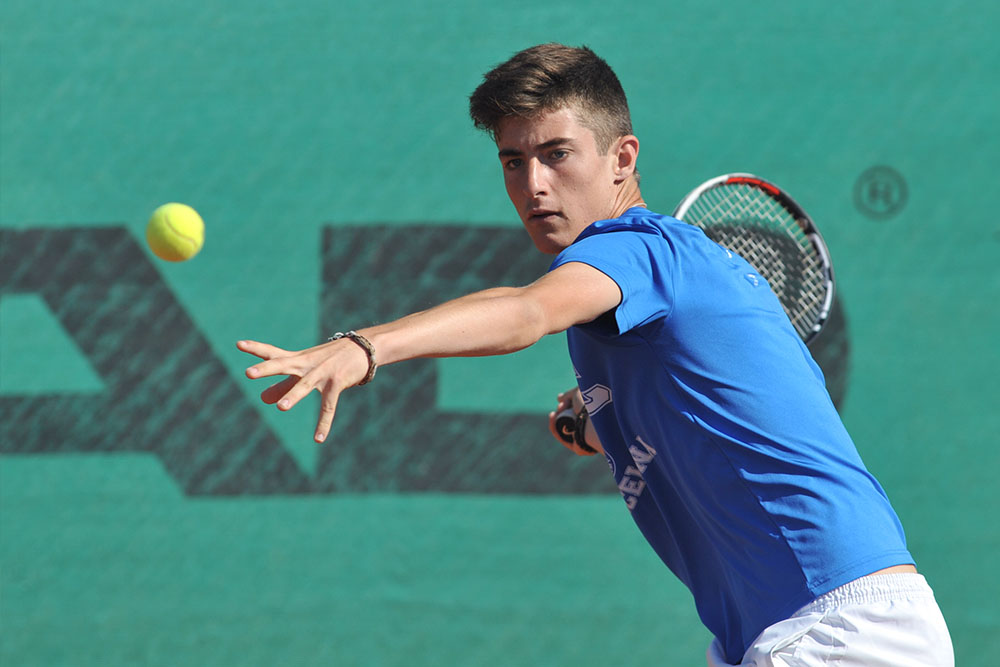
TRANSITION, 19-20 years old
This stage is the most difficult of the Pyramid. Players play like the best at times, but lack consistency and make far too many mistakes. They experience times of high level performance, but are still far from achieving steady success. The Top 500 in the world may be reachable, but the truth is, only a select number will ever jump to the top 100. For that, a player needs to be almost perfect in the 4 tennis pillars, both in practice and in competition.
The support and training approach of the coach is key to the continual improvement of the player throughout the ups and downs of improving one’s world ranking. Also, financial needs can become demanding.
PRE-ELITE, 20 years old
This stage is the most challenging one. The player is almost at the top. The competition is ferocious from the top 200 players, and only about 10 players will rotate inside the top 100 pros. The player’s needs are almost the same as the ones in the Elite stage.
The coach plans, personalizes, prepares every detail with the players to maximize performance with the minimum expense. The biggest difference in this stage are the Athlete Body and Athlete Mind pillars, and thus we have to focus on those to make a difference in the fastest way possible, taking advantage of the work done through the pyramid.
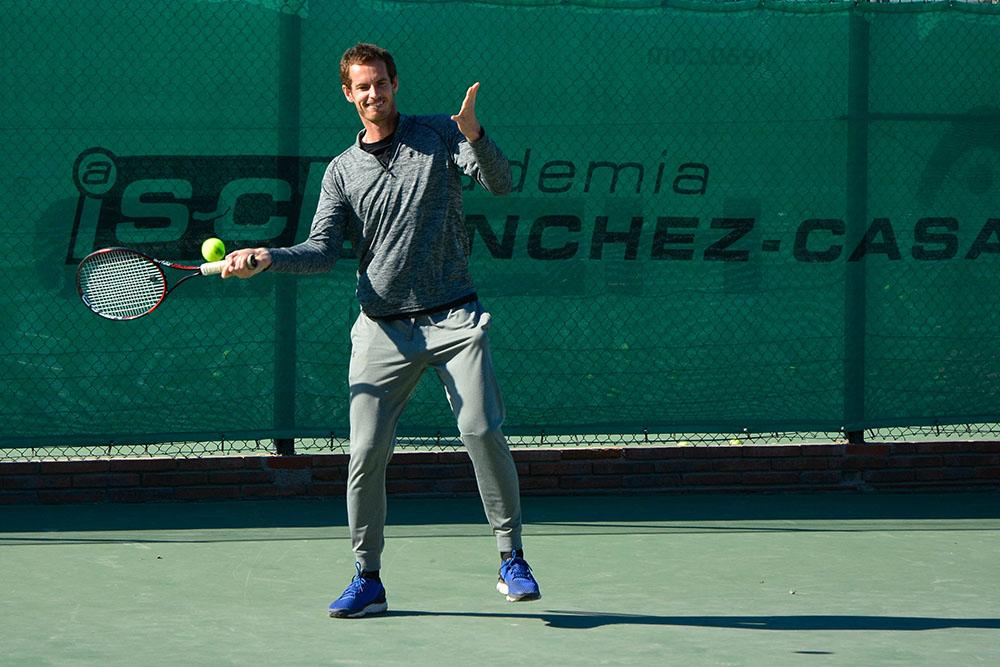
ELITE, 21-35 years oldAt this stage players have the knowledge and the experience to excel from the bottom of the pyramid to the top. At our academy we have developed many elite players like Kuznetsova (2), Sanchez V (1), Ivanovic (3), Murray (1), Dimitrov (9) and Monaco (8).
To get to the top of the pyramid, players need to excel in every aspect of sports performance, starting with the technical, tactical, Athlete Body and Athlete Mind pillars.
Success is a state of mind that is only for the ones that have worked very hard, and to accomplish it, the player needs to develop so much in every aspect that is really important to learn, listen and practice every different shot, pattern or behavior that will really make a difference.
Sánchez-Casal Academy
Information extracted from the full text “ASC Pyramid”®
